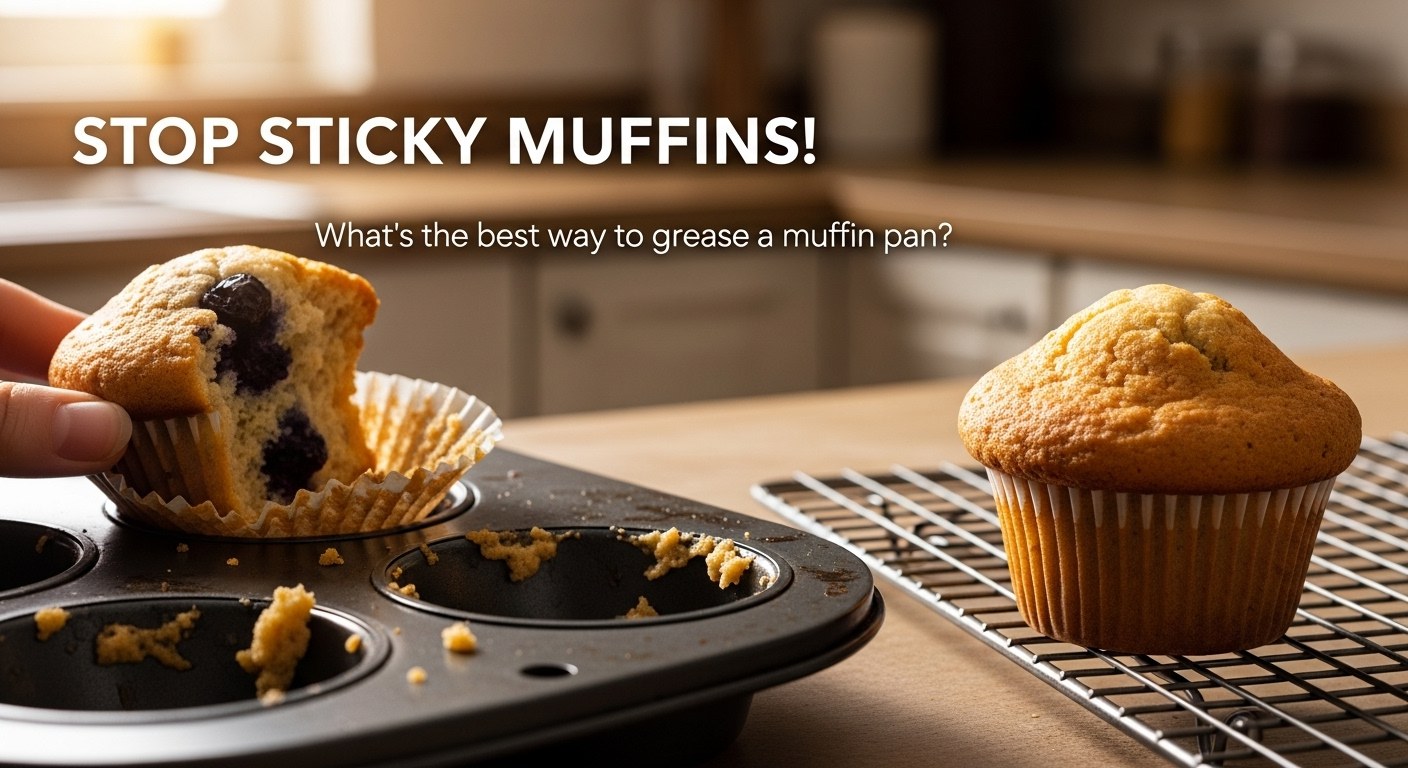
I’ll admit it: I’ve had my share of baking disasters. There’s nothing more heartbreaking than anticipating a perfect, domed blueberry muffin, only to have it tear in half, leaving a sad, craggy chunk stubbornly glued to the pan. After one too many such tragedies, I became a woman on a mission. I’ve tested, I’ve tweaked, and I’ve scrubbed more than my fair share of pans to finally answer the question: What’s the best way to grease a muffin pan?
It turns out, the answer isn't as simple as just grabbing the butter tub. The best method depends on your pan, your recipe, and frankly, how much time you want to spend on cleanup. Let's dive in.
Why Greasing is Non-Negotiable (Even with "Non-Stick" Pans)
You might look at your shiny, modern muffin tin and think, "It says non-stick right on the label! I can skip this step." Trust me, I’ve been there, and it’s a trap. While non-stick coatings are fantastic, they are not foolproof. Sugary batters, like those for berry muffins or banana bread, have a sneaky way of caramelizing and fusing to even the best surfaces. A little insurance in the form of greasing is the difference between a seamless release and a frustrating excavation project.
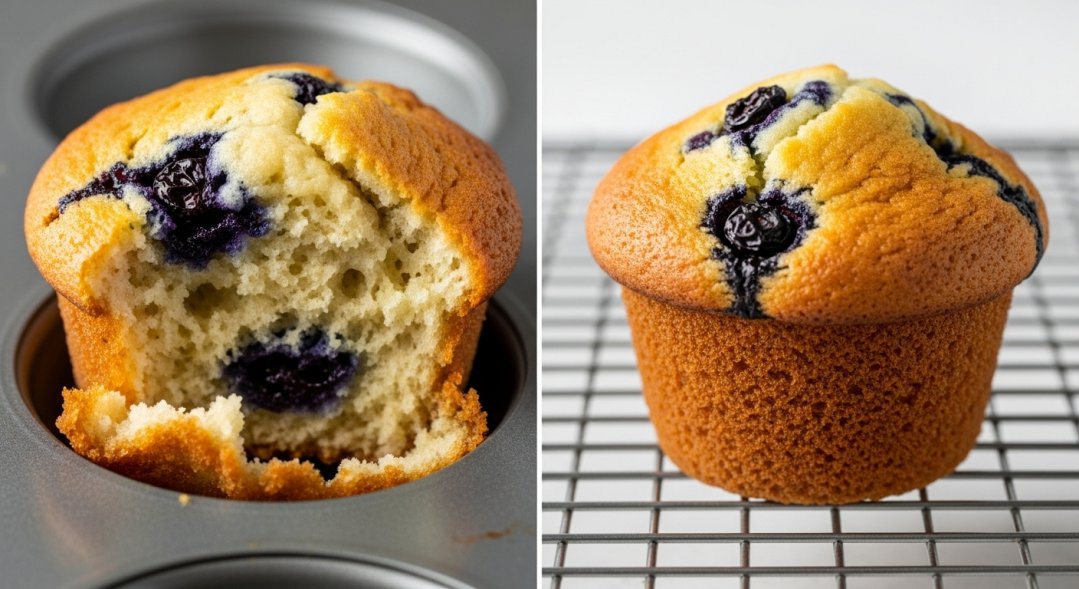
Furthermore, the "non-stick" coating can degrade over time with harsh scrubbing or utensil scratches. By properly greasing your pan, you’re not just ensuring a good release for today’s bake, you’re also protecting your investment for years to come. So, let's put the "to grease or not to grease" debate to bed. The answer is always yes.
The Classic Contenders: Butter vs. Oil vs. Baking Spray
When most of us ponder the grease muffin pan method, our minds go to the classics sitting in our pantry. Here’s the real-world lowdown on each.
The Butter Method
Butter is my go-to for flavor and that classic, home-baked aesthetic. Using softened butter and a pastry brush (or even a paper towel) gives you a lot of control. You can make sure you get into every nook and cranny of the cup. The milk solids in butter create a beautifully golden, slightly crisp exterior on the muffin that I absolutely love.
- Pros: Imparts a rich flavor, promotes browning, easy to control application.
- Cons: Can be tricky to get an even layer if you’re using cold butter. If you miss a spot, that’s exactly where your muffin will stick.
The Oil Method
Using a neutral oil like canola or vegetable oil is a quick and effective best way to grease muffin pan. It’s liquid at room temperature, so it’s easy to spread a thin, even layer. I often use a paper towel to wipe a small amount of oil into each cup. The downside? It doesn’t offer the same flavor or browning boost as butter. For oil-based muffin recipes, however, it’s a perfectly matched and convenient choice.
- Pros: Even coverage, dairy-free, simple.
- Cons: No added flavor, can sometimes lead to a slightly tougher crust.
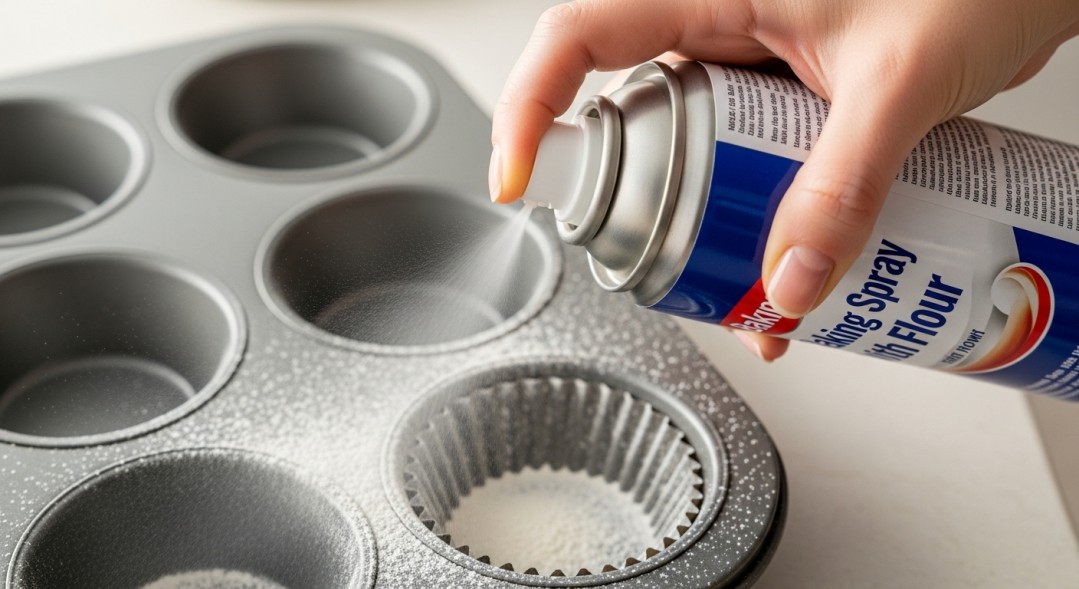
The Baking Spray Shortcut
This is the undisputed champion for speed and efficiency. A good baking spray with flour (like Baker's Joy or Pam for Baking) is, in my opinion, the closest thing to a guarantee against sticking. The spray distributes a fine, even layer of oil and flour simultaneously, which creates a near-perfect barrier.
The great baking spray vs butter for muffins debate often comes down to this: sprays are faster and more foolproof, but butter tastes a bit better and browns more nicely. For delicate, super-sweet muffins or those made in intricate pans, I always reach for the spray. For a simple Sunday morning batch, I might take the extra minute to use butter.
Beyond the Basics: Advanced Greasing Techniques
If you're a serious baker, or if you're dealing with a recipe that is notoriously sticky, you might want to level up your technique.
The Butter & Flour Duo
This is the old-school, professional method for how to prevent muffins from sticking to even the most stubborn pans. After greasing the pan thoroughly with butter, add a tablespoon of flour to one of the cups. Tap and rotate the pan, distributing the flour to all the cups until they are all lightly coated. Tap out the excess. This creates a dry, non-stick barrier that’s incredibly effective. The only drawback is the extra step and the cloud of flour that inevitably puffs into the air.
Parchment Paper Liners and Strips
If you want to avoid oiling a muffin tin altogether, parchment paper is your best friend. You can buy pre-made parchment liners, or you can make your own parchment paper muffin pan strips. I’ve cut squares of parchment and pressed them into the cups, and while it looks rustic and charming, it can be a bit finicky. The paper doesn't always want to stay put while you’re filling the cups. However, the release is absolutely flawless—zero sticking, zero cleanup. This is my preferred method for ultra-sticky recipes like honey-sweetened bran muffins or gluten-free muffins that are more fragile.
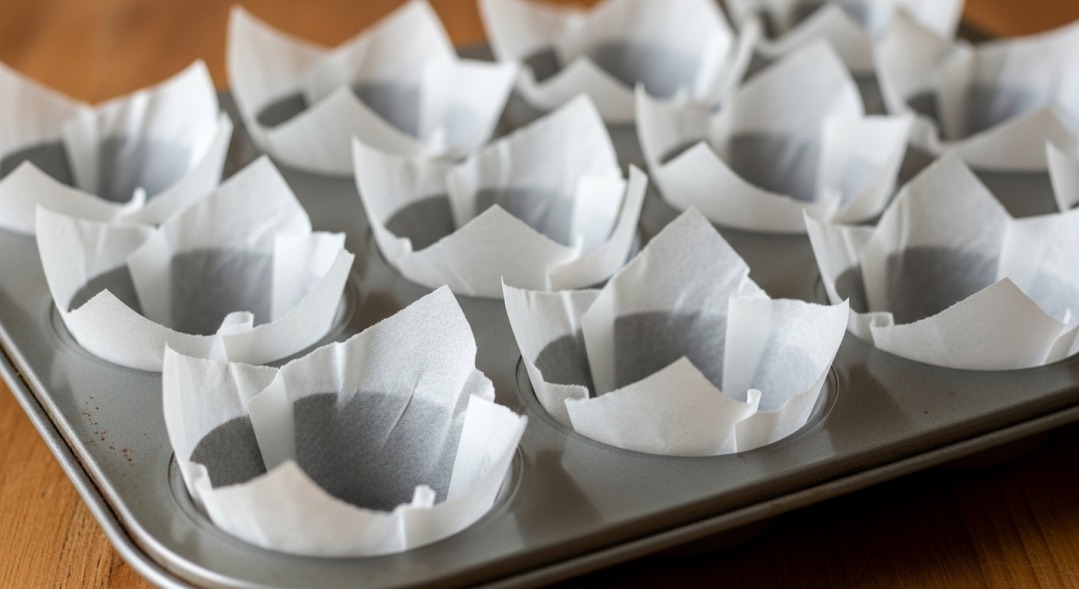
Special Considerations: What About Your Specific Pan?
Not all muffin pans are created equal, and your greasing techniques for non-stick muffin tins might differ from what you'd use on other materials.
- Dark Non-Stick Pans: These absorb heat more efficiently and can cause over-browning. I find a light coating of baking spray or butter works well, but avoid the butter-and-flour method as the flour can darken too much and create a bitter taste.
- Light-Colored Aluminum Pans: These are the standard. You can use any method you prefer here with great results.
- Silicone Pans: Ah, silicone. The great "no-grease" promise. And while it’s often true, I still give my silicone pan a very light spritz of baking spray or a wipe with oil. The release is even cleaner, and it helps preserve the pan. I learned this the hard way after a batch of zucchini muffins left a faint, permanent stain.
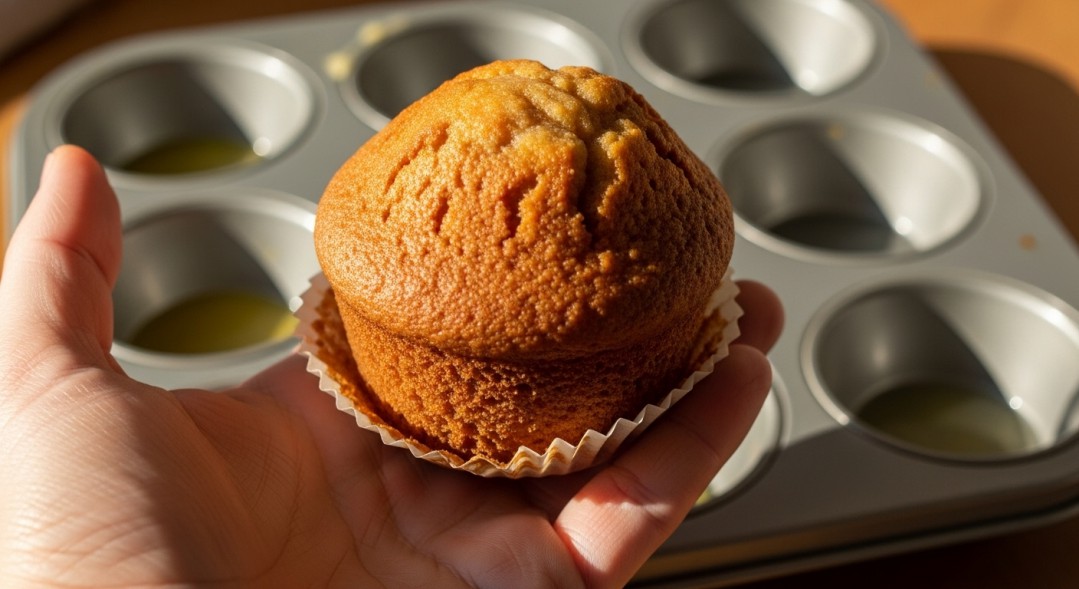
The Final Verdict: My Go-To Method for Flawless Muffins
After all my testing, from fancy sprays to humble butter, here is my personal, fail-proof system—the one I use 90% of the time.
For standard muffins in a non-stick pan, I use baking spray with flour. It’s fast, it’s clean, and it works every single time. The convenience is unbeatable on a busy morning.
For special occasion muffins, where I want that perfect, golden-brown, buttery crust, I use the butter and flour method. It’s an extra step, but the result is a professional-looking muffin with a superb texture and flavor.
No matter which method you choose, the most important step is to be thorough. Ensure every surface of that cup is covered, right up to the top rim. Let your batter and your schedule guide you, but don't skip the step. Mastering the art of how to prevent muffins from sticking is a small act that pays off in huge, delicious, and frustration-free dividends. Happy baking
Leave a Reply